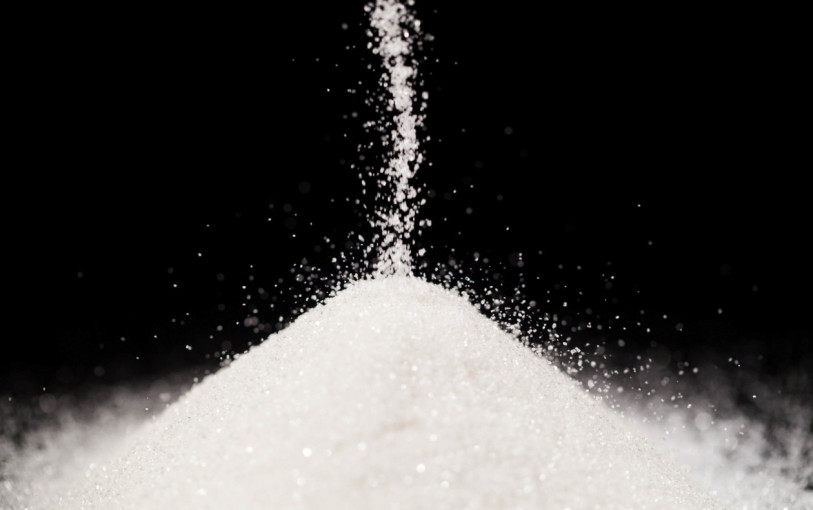
The government is intensifying efforts to strengthen food security by reducing dependence on imported products. This year, imports of four staple commodities—sugar, salt, rice, and corn—have been halted.
However, this decision carries the risk of inflation, particularly for sugar. Previously, sugar imports reached 3.5 million tons per year, surpassing rice imports, which stood at 3 million tons yearly.
Professor of agriculture at Universitas Gadjah Mada, Subejo, warned that price instability and a potential food crisis could arise if an increase in national production capacity does not accompany the import halt.
“The risk of a food crisis due to crop failure caused by climate change, natural disasters, pandemics, and global trade barriers must be seriously addressed to ensure sustainable national production capacity,” Professor Subejo stated on Thursday (Feb. 13).
According to Professor Subejo, in 2023, the government had already reduced the sugar import quota by one million tons, leading to a sharp increase in market prices due to shortages and declining local production.
This year, the government has further reduced the quota for white crystal sugar or refined sugar for industrial use by 3.4 million tons and has completely halted the import of consumer sugar.
Professor Subejo emphasized that improvements in local production capacity must accompany this import ban. Without immediate action, inflation may rise beyond the average levels typically seen ahead of the fasting month.
“The goal of achieving food security and even self-sufficiency is fundamental and commendable, but it must be executed with the right strategies,” he added.
He suggested that increasing local production capacity should be done gradually and in an integrated manner. If import reductions are set at 50%, domestic production capacity should be increased by at least 10% in the first phase, followed by further increments over the next three to four years.
“Only when national production fully meets domestic demand can we truly claim food self-sufficiency,” he explained.
However, climate change remains the biggest challenge for sugarcane producers. This threat reduces harvest yields and discourages farmers from growing sugarcane.
The government must ensure that prices remain stable for farmers and consumers to prevent extreme fluctuations. The National Food Agency has set the producer price at IDR 14,500 per kilogram, with consumer prices ranging from IDR 17,500 to 18,500 per kilogram.
Beyond climate-related challenges, Professor Subejo pointed out the need to utilize dry land for sugarcane cultivation.
“Indonesia has vast dry land that has not been optimally utilized. Innovation is needed to develop sugarcane plantations on dry land,” he said.
Additionally, improving the sugarcane plantation system to boost productivity is essential. Research and technological innovation should support these strategic measures.
“Good governance and institutional support, along with capacity building for both sugarcane farmers and agricultural extension workers, are also crucial,” Professor Subejo added.
To stabilize market prices, the National Logistics Agency (Bulog), the institution responsible for managing national food stocks, must improve the supply chain system from producers to consumers.
Strengthening price stability mechanisms will be key to ensuring affordability and availability.
Author: Tasya
Editor: Gusti Grehenson
Photo: Freepik

